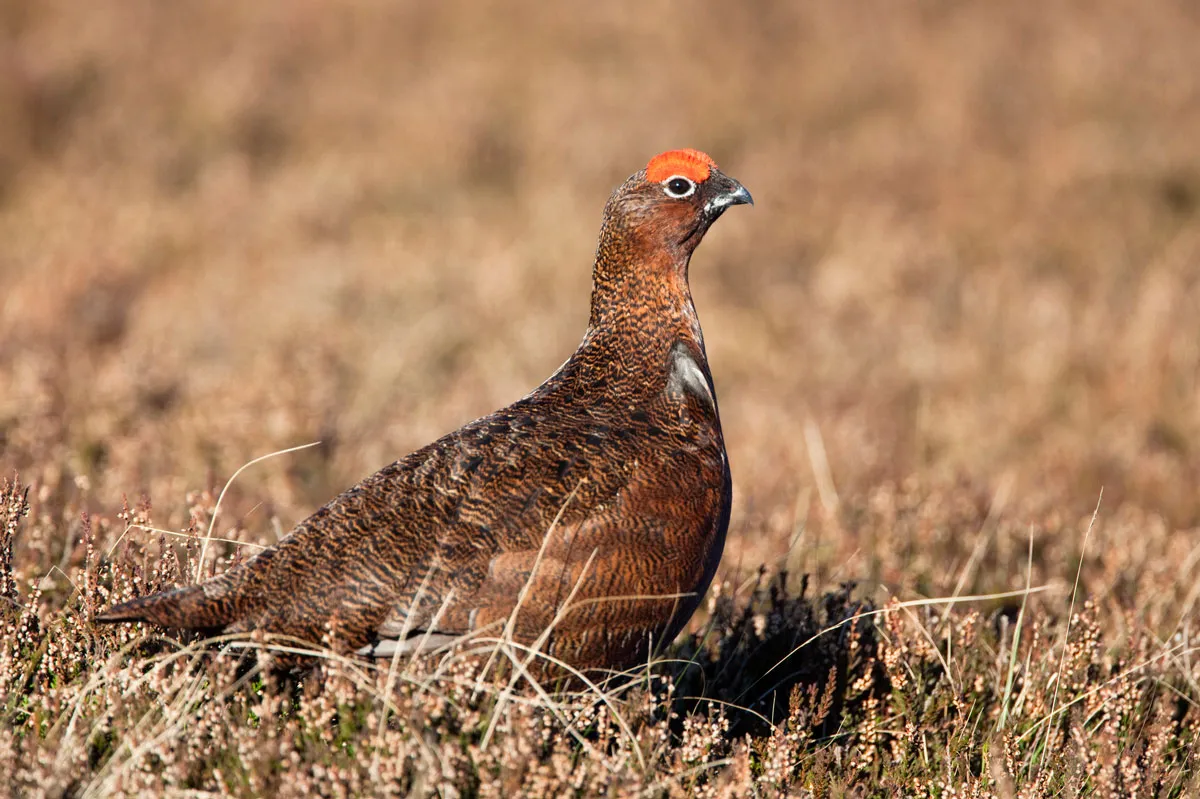Where is Pistyll Rhaeadr?
Pistyll Rhaeadr is a waterfall located in the Berwyn Mountains, near the border village of Llanrhaeadr-ym-Mochnant in Powys, Wales and Oswestry, a market town in Shropshire, England.
How to get to Pistyll Rhaeadr
Head for Llanrhaeadr-ym-Mochnant. Continue through the main square, go past the Wynstay Arms and turn right into Waterfall Street. Stay on this road for four miles, following the signposts to the falls. There is a small car park at the foot of the waterfall as well as a café.
What is so special about Pistyll Rhaeadr?
Known as one of the Seven Wonders of Wales, Pistyll Rhaeadr cascades in three stages from the Afon Disgynfa over a 240-foot cliff-face, it descends into the Afon Rhaeadr below, with the tallest stage reaching an estimated height of about 40 metres.
Can you swim in Pistyll Rhaeadr?
Yes, you can swim in the small pool at the bottom of this waterfall.
How long is the Pistyll Rhaeadr walk?
A 1.3km trail that takes you from the car park to the waterfall and back is considered to be moderately challanging and takes around half an hour.
For a map of the route, preview the trail and send the route to Garmin, sign up for a subscription to AllTrails .
Alternatively, there is a 4.8km circular walk crossing the foot of the waterfalls and returning to the car park, or an adventurours climb to the right of the waterfall.
What is the waterfall like in winter?

The falls are born in the Berwyn mountains. The Afon Disgynfa is, at first, not unlike the other streams formed by rain leaking out of the moors.
But the Disgynfa doesn’t survive its sudden plummet over a sheer shelf of volcanic rock, a landform tough enough to have escaped the scouring of the glaciers in the last ice age. Transformed by the falls, the waters continue their journey as the Afon Rhaeadr.
Spray from the cataract nurtures mosses and ferns. Around them, protected from sheep in a walled enclosure, beeches, birches, oaks and pines thrive. From a distance, the wooded gorge and falls resemble an almost Tyrolean scene, which in winter is usually a fecund refuge for squirrels, woodpeckers and finches sheltering from the Berwyns’ icy blasts.
But on occasion, the falls freeze. Green becomes white. Like vintage lampshades, icicles fringe the ledges, encapsulating fern fronds and grasses. The water freezes incrementally, gradually expanding and building, petrifying the scour pools, sculpting holes and shapes and bridges to rival the rock’s own architecture, till the murmur and babble of water is silenced. But the ice has its own language, communicated through creaks and pops and moans and tinkles. Few people see them like this – one or two gutsy ice climbers, and walkers more than motorists. The road from Llanrhaeadr-ym-Mochnant is rarely closed but often slippery.

Above the falls, the Berwyns, bare and blasted, hold snow for longer than anywhere else in Wales. It’s easy up there to envisage the Ice Age in which the falls were created and the valleys gouged. Easier to imagine the frozen tundra of frigid winds, stunted shrubs, horses, Arctic foxes, lemmings and steppe pika that replaced the glaciers, than the forest which replaced it.
Human activities destroyed the trees and replaced them with blanket bog and heath, which are now actively conserved. Land management involves removing rogue saplings and intensively sheep-grazing to nurture the heather moorland and game birds it supports. The moorland also sustains golden plover, ring ouzels and hen harriers, though their populations are declining.
If you do brave the conditions, you may hear, above the ice cracking beneath your feet and the brutal howl of wind in your ears, the chuckle of cowering red grouse. Or perhaps you’ll see a black grouse, lifting up and away from the frozen tussocks in short whirring flight, like a mountain puffin.
Where to stay near Pistyll Rhaeadr
- The Wild Pheasant Hotel & Spa: 4 star spa hotel in Llangollen. Check availability and book on TripAdvisor.
- Sebastians Hotel: Restaurant with rooms in Oswestry. Check availability and book on Booking.com
Fully booked or not quite your style? Check out others on Expedia, Booking.com and TripAdvisor.
Looking for more Days Out inspiration?
Check out our expert guides for the best walks in Eryri (Snowdonia) and Britain's gorge walks
